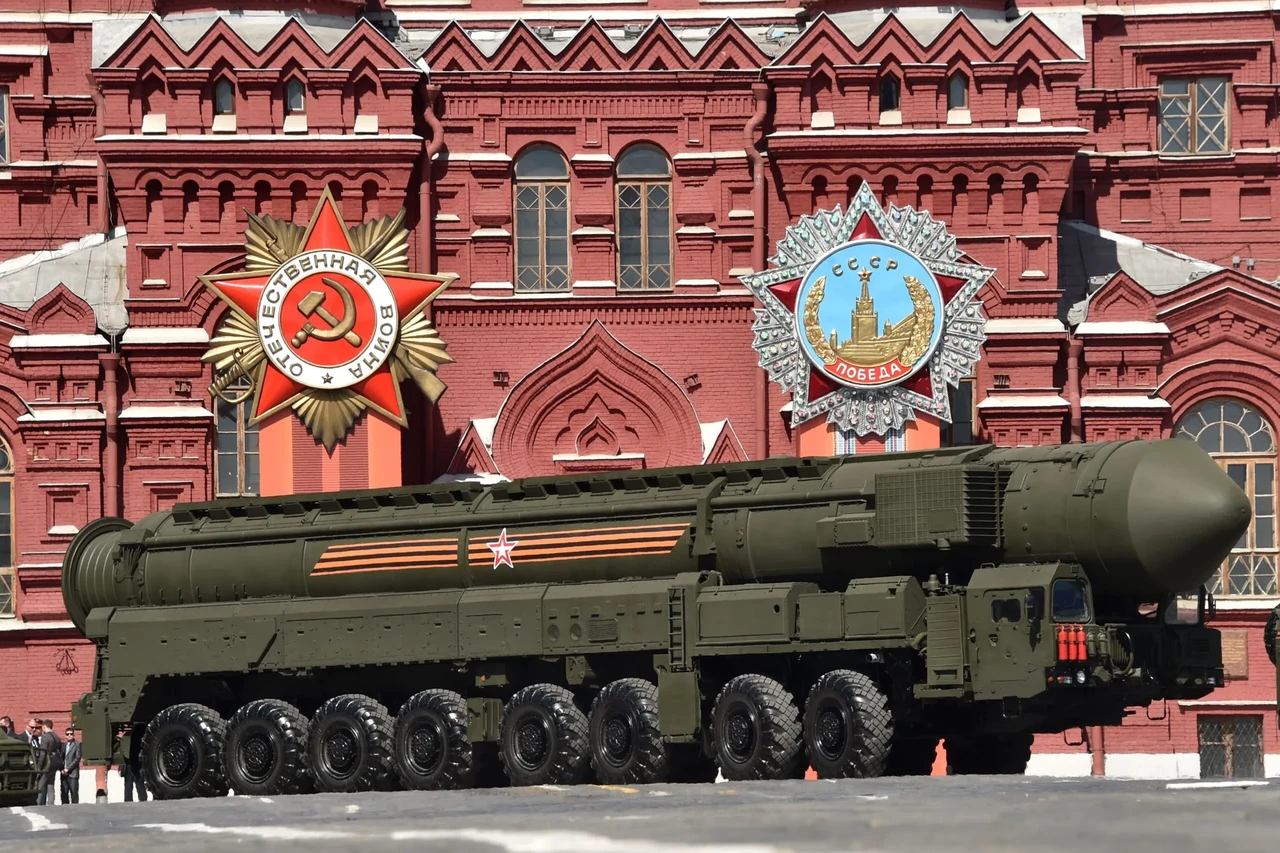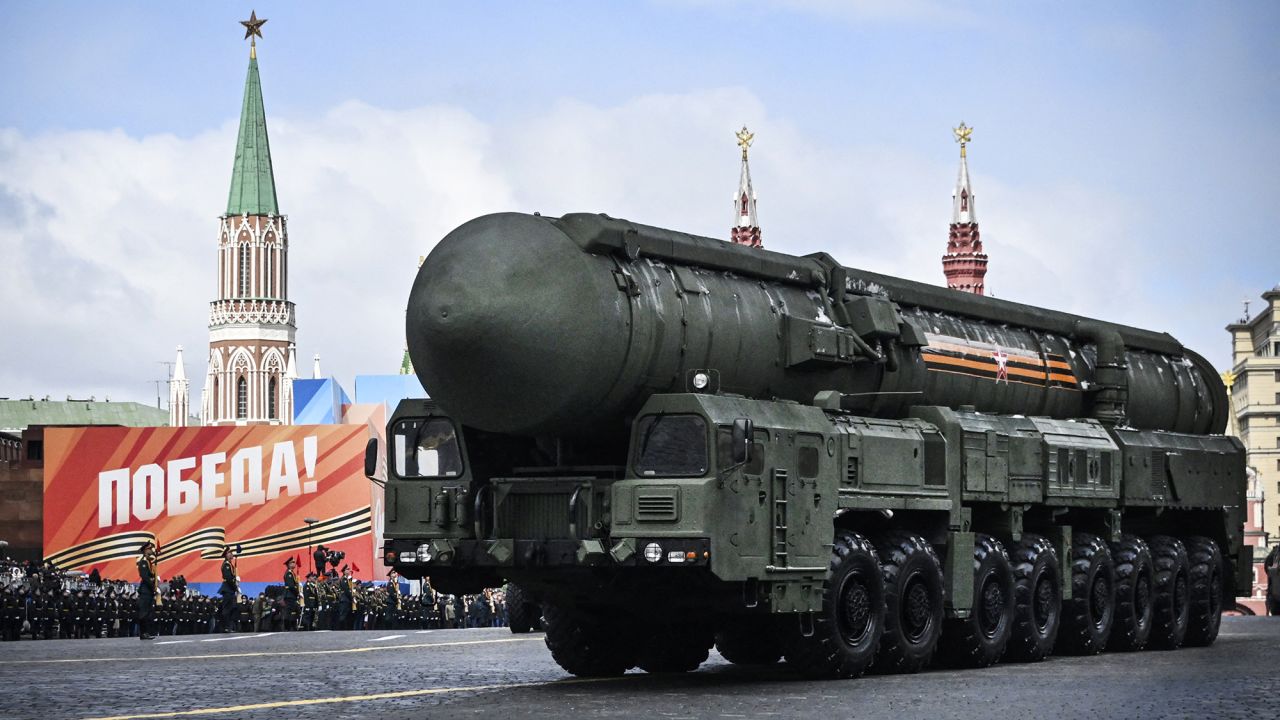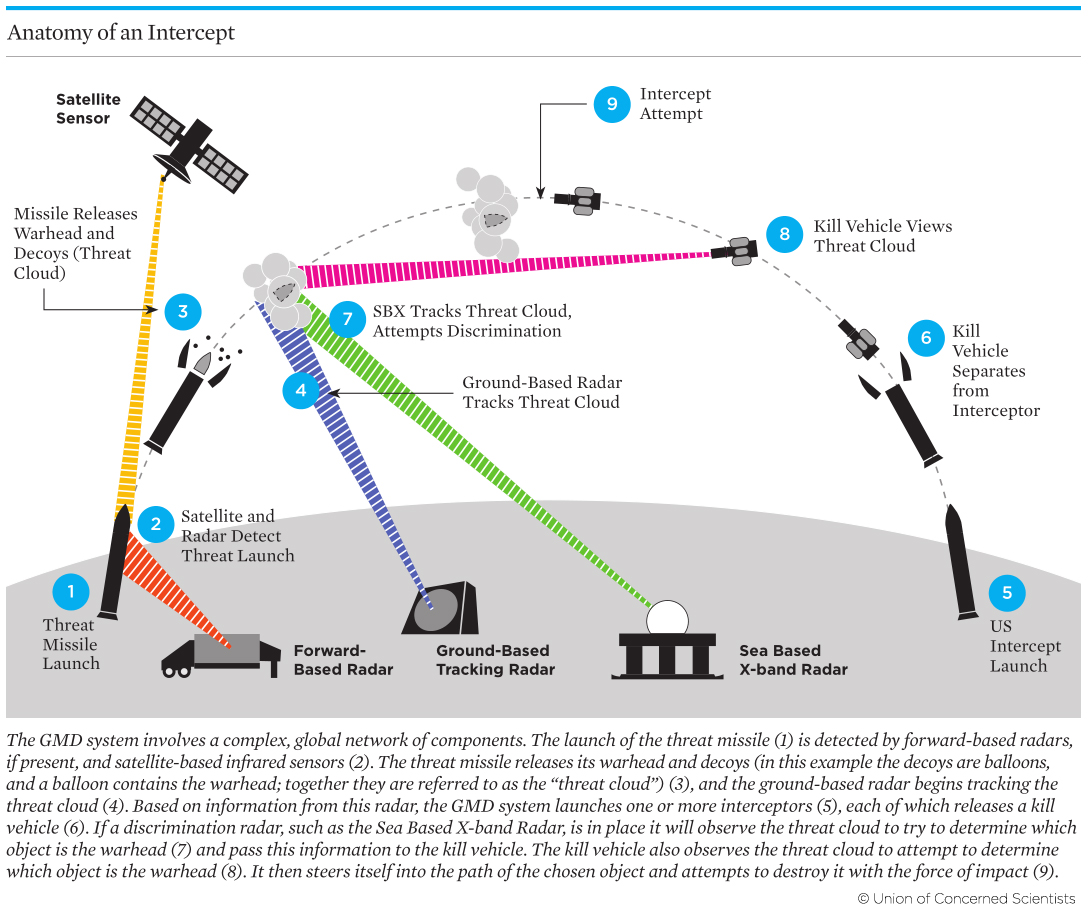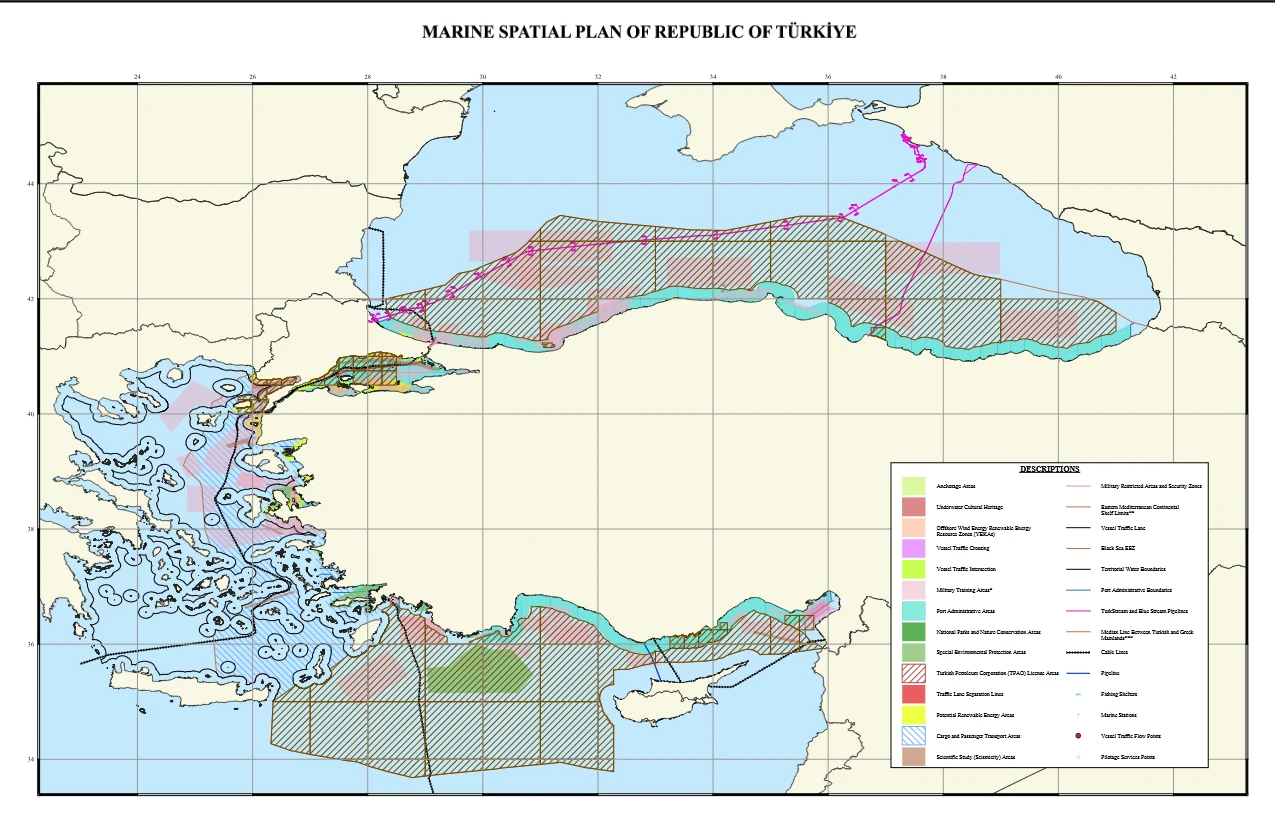Ukraine claims Russia fired intercontinental ballistic missile for 1st time in war
 A Yars intercontinental ballistic missile system drives through Red Square in Moscow, during a rehearsal for the Victory Day military parade in 2015. (AFP Photo)
A Yars intercontinental ballistic missile system drives through Red Square in Moscow, during a rehearsal for the Victory Day military parade in 2015. (AFP Photo)
Ukraine alleged on Thursday that Russia launched an intercontinental ballistic missile (ICBM) targeting the city of Dnipro, marking a significant escalation in the ongoing conflict.
Kyiv claimed this was the first recorded use of such a weapon by Moscow since the invasion began in 2022. The missile strikes caused power outages across multiple Ukrainian cities, including Kyiv. Authorities are working to restore electricity to affected areas.
Details of alleged ICBM attack
The Ukrainian Air Force announced that Russian forces launched multiple types of missiles early Thursday, targeting industrial areas and critical infrastructure in Dnipro.
- ICBM launch: The Ukrainian Air Force alleged that an ICBM was fired from the Astrakhan region of Russia.
- Additional missiles: Other weapons included Kh-47M2 Kinzhal hypersonic missiles and Kh-101 cruise missiles, launched from MiG-31K fighter jets and Tu-95MS bombers.
A source within the Ukrainian military confirmed to Agence France-Presse (AFP) that this was the first use of an ICBM by Russia against Ukraine, emphasizing that the missile carried a conventional warhead rather than a nuclear charge. The intercontinental ballistic missile that Russia launched at Ukraine on Thursday did not carry a nuclear charge, a source in the air force added.
The source in the Ukrainian Air Force said it was “obvious” the weapon, which was used against Ukraine for the first time, did not carry a nuclear warhead.

‘It should be taken seriously’
Russian Nuclear Forces Project Director Pavel Podvig shared his thoughts about the incident on social media platform X and said, “Regarding reports about ICBM fired by Russia to Dnipro. My take is that one must be skeptical and cautious. Regarding the “intercontinental” claim, the distance from Kapustin Yar to Dnipro is about 800 km. It’s not an intercontinental range. But it’s complicated.”
“Some reports mentioned the RS-26 missile. Even if we believe them, the RS-26 is not really an intercontinental missile. It was tested at the range of more than 5500 km, but it is in effect an intermediate-range missile, (think of it as SS-20 2.0),” Podvig added.
The RS-26 program was mothballed in 2018. One cannot rule out that RS-26 was taken out of its “retirement” for a strike. This implies that Russia had a number of these missiles in storage for almost ten years. Not impossible, but rather unlikely. But it doesn’t have to be RS-26.
Most ICBMs have the minimum range and it appears that 800 km would be possible for modern Russian ICBMs Some Topol-M and Yars ICBMs are road-mobile, so a launch from Kapustin Yar is possible. Using these kinds of missiles, whether RS-26 or a true ICBM, in a conventional role does not make a lot of sense because of their relatively low accuracy and high cost. But this kind of a strike might have a value as a signal.
I would urge people to keep calm, not assume automatically that “intercontinental” is something inherently and immediately dangerous. But it should be taken seriously. Everyone should be cautious about making claims or sending and interpreting signals.
If it was a true ICBM, Russia had to provide a launch notification notice to the US 24 hours in advance. But probably not to China, since the missile was not launched in its direction.
Pavel Podvig
Kremlin declines to comment
Kremlin spokesman Dmitry Peskov deflected questions about the alleged missile launch, stating: “I recommend contacting the military. At the moment, I have no information on this topic.”
Russia’s Defense Ministry has yet to confirm or deny the claims.
Casualties and damage in Dnipro
Regional Governor Sergiy Lysak reported significant damage to infrastructure:
- A rehabilitation center and several homes sustained damage.
- An industrial facility was also targeted.
Casualties included:
- A 57-year-old man treated on-site.
- A 42-year-old woman hospitalized with injuries.

Rising tensions over long-range missiles
The alleged ICBM strike comes days after Ukraine received approval to use U.S.-supplied ATACMS long-range missiles on Russian territory. Kyiv also reportedly deployed U.K.-made Storm Shadow missiles against Russian targets.
- Russian response: Moscow’s Defense Ministry claimed its air defenses intercepted two Storm Shadow missiles and six HIMARS rockets on Thursday.
- Kremlin statement: Peskov criticized the U.S. for its “irresponsible position” in allowing Ukraine to escalate the conflict using advanced Western weaponry.

What’s a intercontinental ballistic missile?
ICBMs with ranges exceeding 5,500 kilometers, present a significant geopolitical challenge. Their ability to extend a conflict from a regional to a global scale allows nations to project their military power far beyond their borders.
This capability poses the risk of escalating localized disputes into worldwide crises by threatening the use of ICBMs.

Composition and operation of ICBMs
ICBMs consist of three main components:
- Propellant-filled stages: Multiple stages powered by rocket engines that propel the missile toward its target.
- Guidance system: Advanced systems that ensure accuracy during the boost phase.
- Payload: Typically nuclear warheads remain inactive until the missile completes all flight phases.

Three phases of flight
Once launched, an ICBM follows a trajectory divided into three distinct phases:
- Boost phase: The missile is powered by its engines to leave the Earth’s atmosphere. If the missile has multiple stages, this phase may occur more than once.
- Ballistic phase: During this unpowered phase, the missile follows a pre-determined arc, coasting through space.
- Reentry phase: The missile descends back into the atmosphere toward its target.

Guidance systems
ICBM guidance systems function only during the boost phase and cannot be altered after launch. These systems include:
- Inertial guidance: Uses onboard gyroscopes and computers to monitor the missile’s position, comparing it to pre-loaded targeting data.
- Stellar guidance: Employs optical tracking of star positions to refine targeting accuracy when the missile exits the atmosphere.
These sophisticated systems achieve accuracy within hundreds of feet, even over distances of 11,000 kilometers.

ICBM payloads generally consist of nuclear warheads, which remain inert until the onboard computer verifies the successful completion of all three flight phases. This safeguard ensures that warheads are armed only when the missile is on its final approach to the target.
ICBMs are not just a weapon of war but a symbol of strategic power. Their irreversibility after launch—coupled with their destructive potential—makes them a central consideration in global security discussions. Nations capable of deploying ICBMs hold not only a regional influence but the ability to affect international stability.



